Jan Tschichold and El Lissitzky: Foto-Auge (Photo-eye)
Although not a member of the Deutscher Werkbund (DWB), Jan Tschichold was appointed to the selection committee for the Werkbund’s Film und Foto exhibition (FiFo), to be held in Stuttgart between May and June 1929. FiFo was one of the most ambitious attempts to showcase recent developments in photography. The theme was timely: photography was undergoing something of a technical revolution with the introduction of high-speed 35mm film in rolls and the small Leica 1 cameras, and the critical discourse surrounding the aesthetics of film and photography was buzzing. [1] The New Typography (1928) and typophoto formed only one area of overlap in the expanding world of graphic media: the very medium of photography was being reassessed as the quintessence of modernity. With around a thousand works on display from Europe, the Soviet Union, and the United States, the exhibition brought together many of the greatest and most innovative artists and designers with an interest in the medium. John Heartfield was allocated one room, as was El Lissitzky while László Moholy-Nagy was given the responsibility of hanging much of the exhibition so as to clarify certain lines of development. It was so popular with professionals and the public alike, that a version of the exhibition was shown over the next two years in Zurich, Berlin, Danzig, Vienna, Zagreb, Munich, Tokyo, and Osaka. Despite the success of the exhibition and the widespread circulation of Willi Ruge’s striking poster, there was a distinct lack of illustrated publications to engage with the new work on display. Seeing an opportunity, Tschichold and Franz Roh, a critic and art historian from Munich, decided to publish a book on the new photography, Foto-Auge (Photo-eye). This remains one of the most famous books on photography, not least because the cover, designed by Tschichold, contains Lissitzky’s self-portrait photomontage, ‘The Constructor’. Included within were seventy-six photographs and composite works by many of the artist-designers associated with the New Typography, including Herbert Bayer, Max Burchartz, Heartfield, Hans Leistikow, Moholy-Nagy, Piet Zwart, and Tschichold himself. Tschichold was particularly proud of this cover and of the whole book, which was selected among the ’50 Most Beautiful Books’ of 1929.
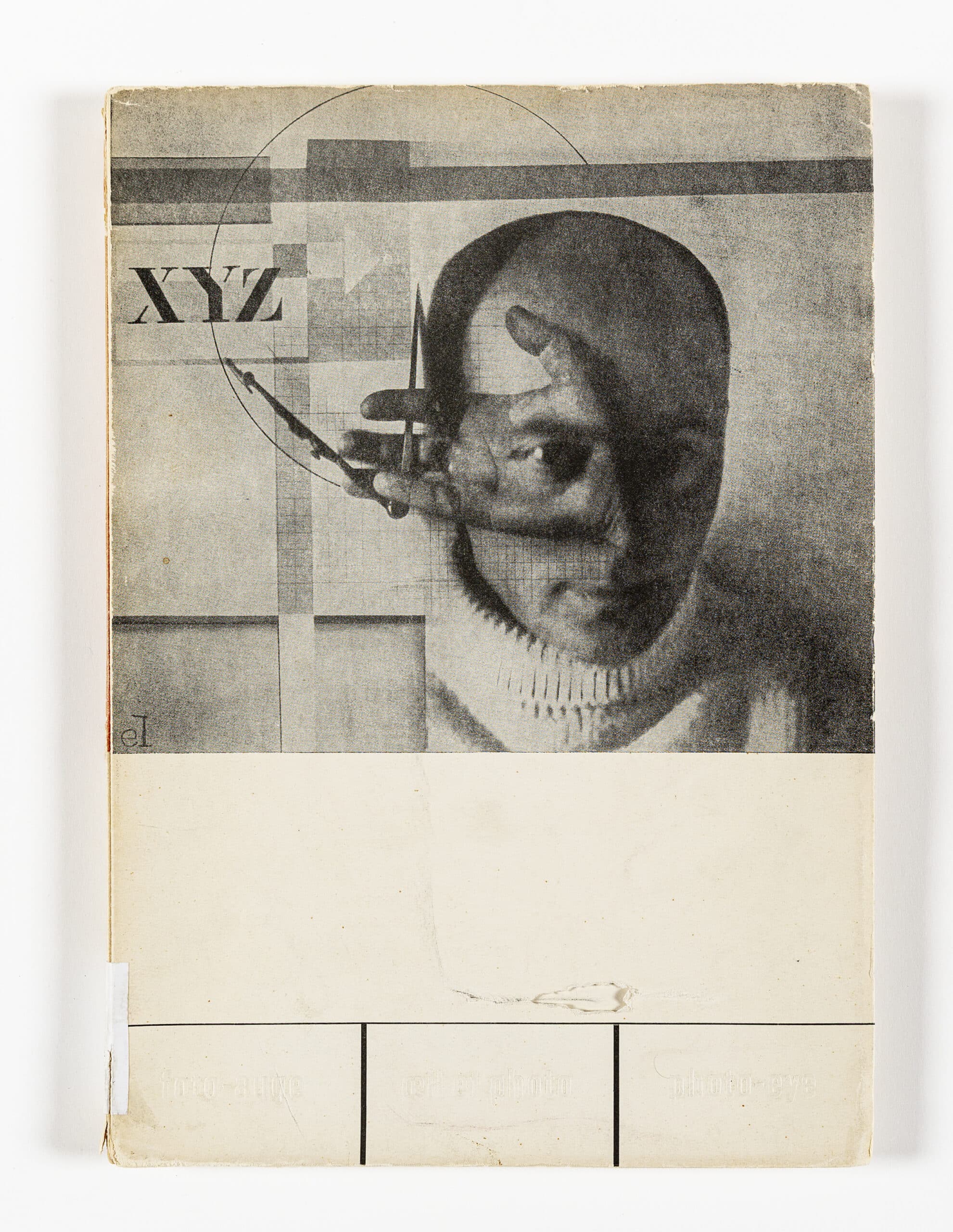
Foto-Auge did not sell well, possibly as a result of the fallout from the international financial crisis, but Roh and Tschichold were committed to developing this area of publishing, setting up a book series titled ‘Fototek’ along lines similar to Foto-Auge. Published by Klinkhardt and Biermann, Berlin, each volume had sixty illustrations and a cover designed by Tschichold. Only two volumes were published, one on Moholy-Nagy and the second on Aenne Biermann, each with a restrained cover composed of a photograph and a single block of colour within which the title and details were organised in an asymmetrical layout. The lack of sales was a major disappointment to the two editors, especially because the proposed future titles, including ‘Photomontage’, ‘Police Photographs’, ‘Typophoto in the USSR’, and ‘El Lissitzky’, suggested an ambitious survey of current themes in the New Photography. It was through his plans for these photography books that Tschichold first became acquainted with Aleksandr Rodchenko, an artist-designer whose work he admired and whom he had praised in The New Typography. Tschichold lost no time in requesting examples of Rodchenko’s photographs and graphic design work to illustrate one or another of his projected publications. He was also in touch with designers across Central Europe, building up his collection and gaining a more comprehensive overview of modern graphic design than perhaps anyone else. Indeed, this was probably Tschichold’s most active period of collecting; he would soon be engaged in preparing new books on typography and graphic design.
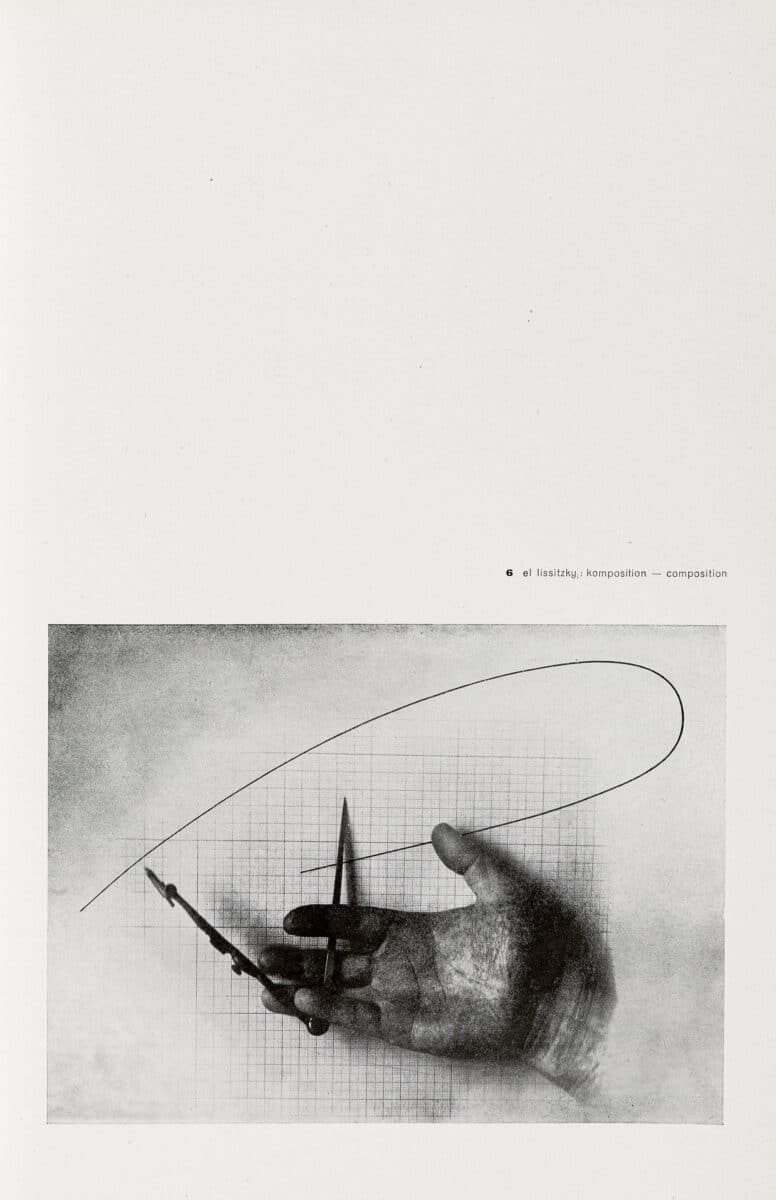


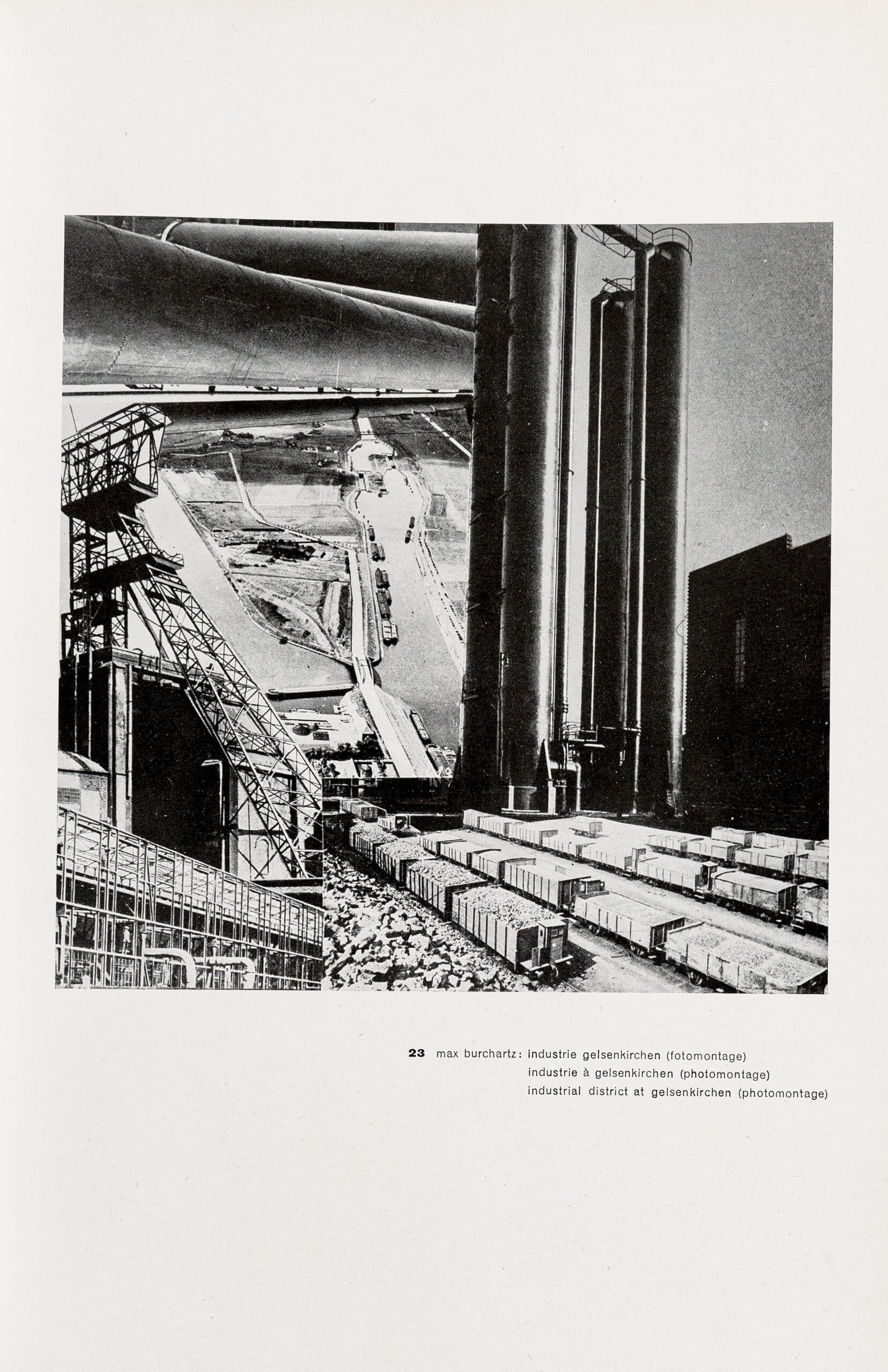


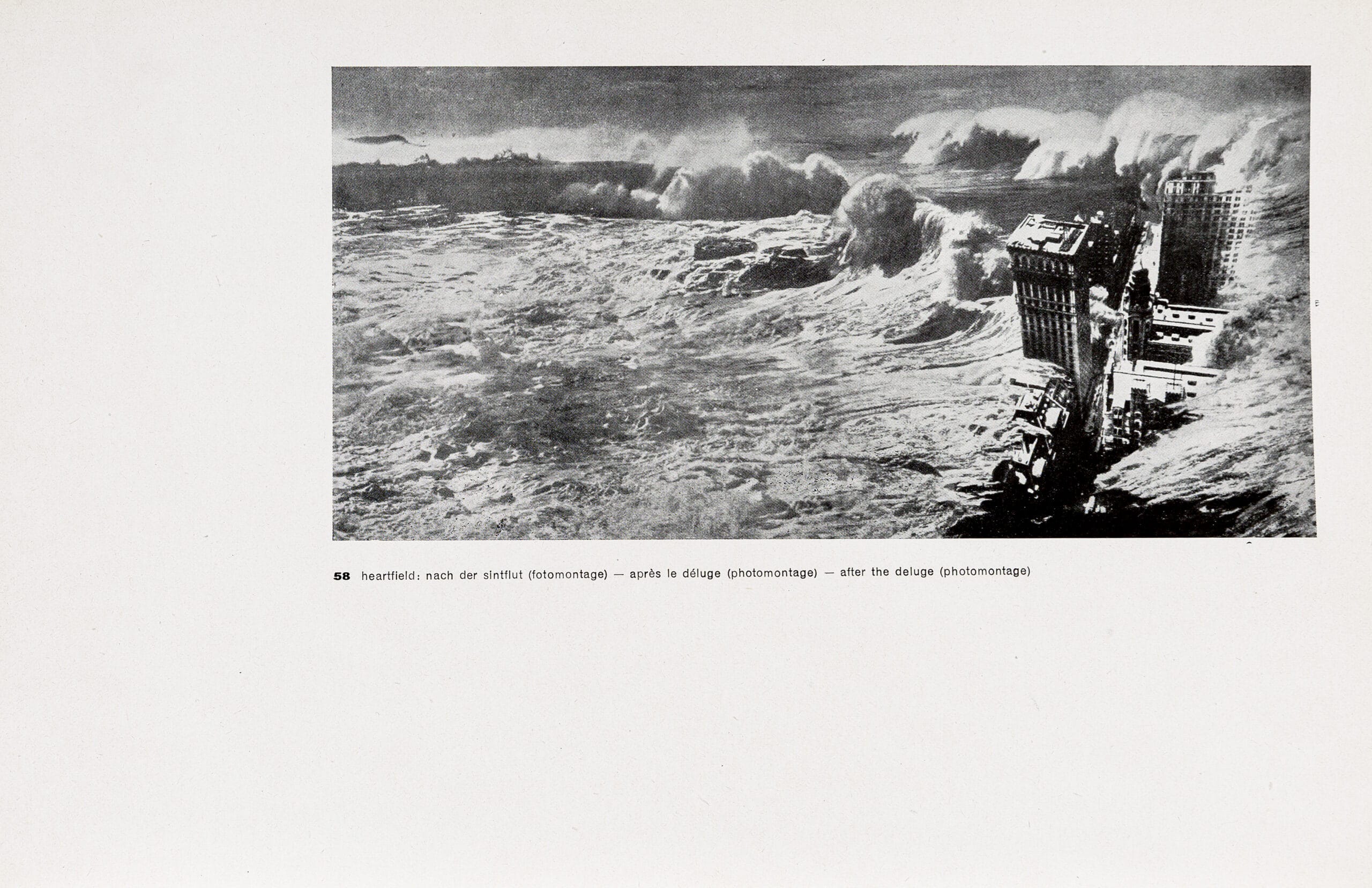
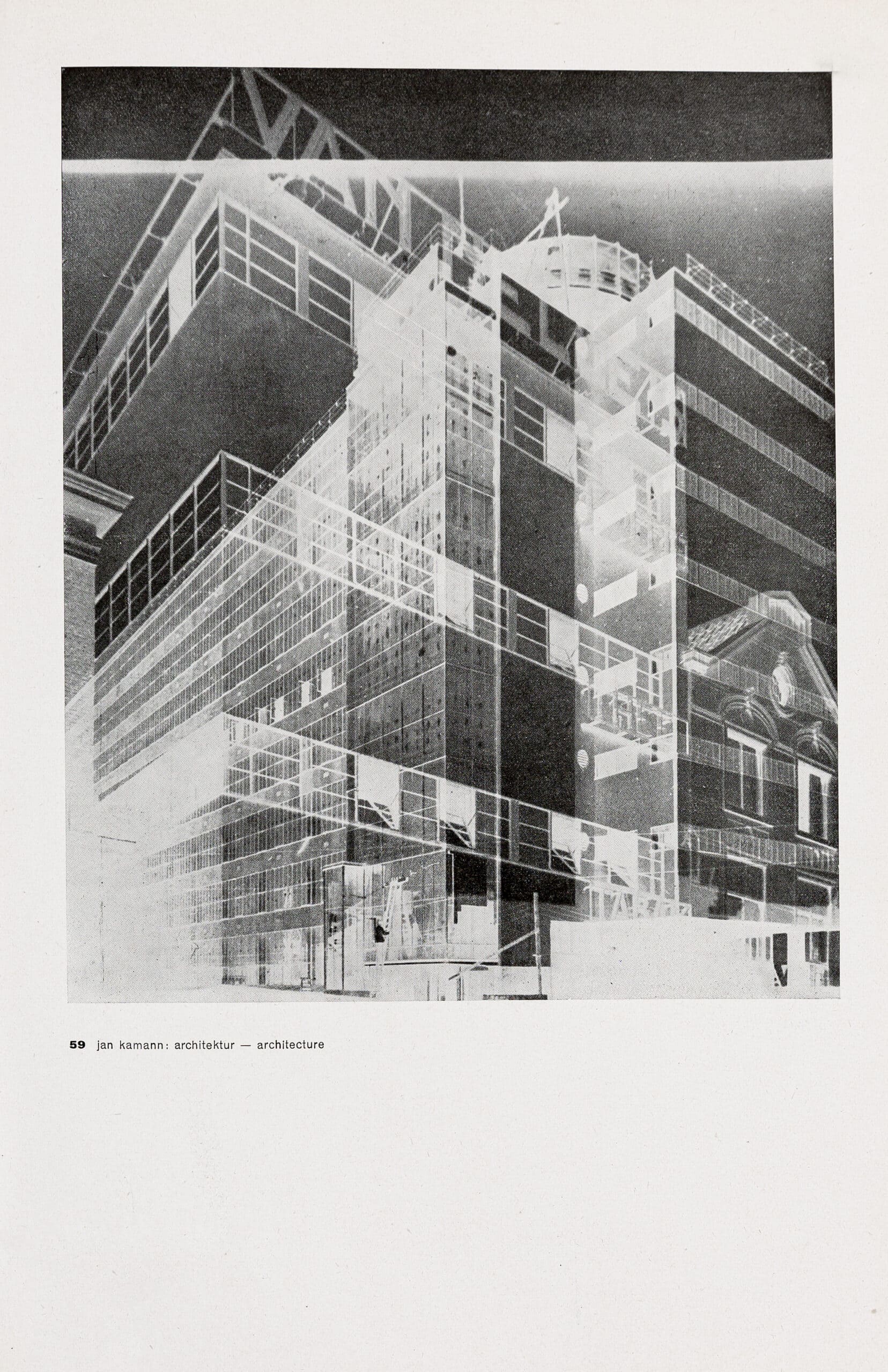
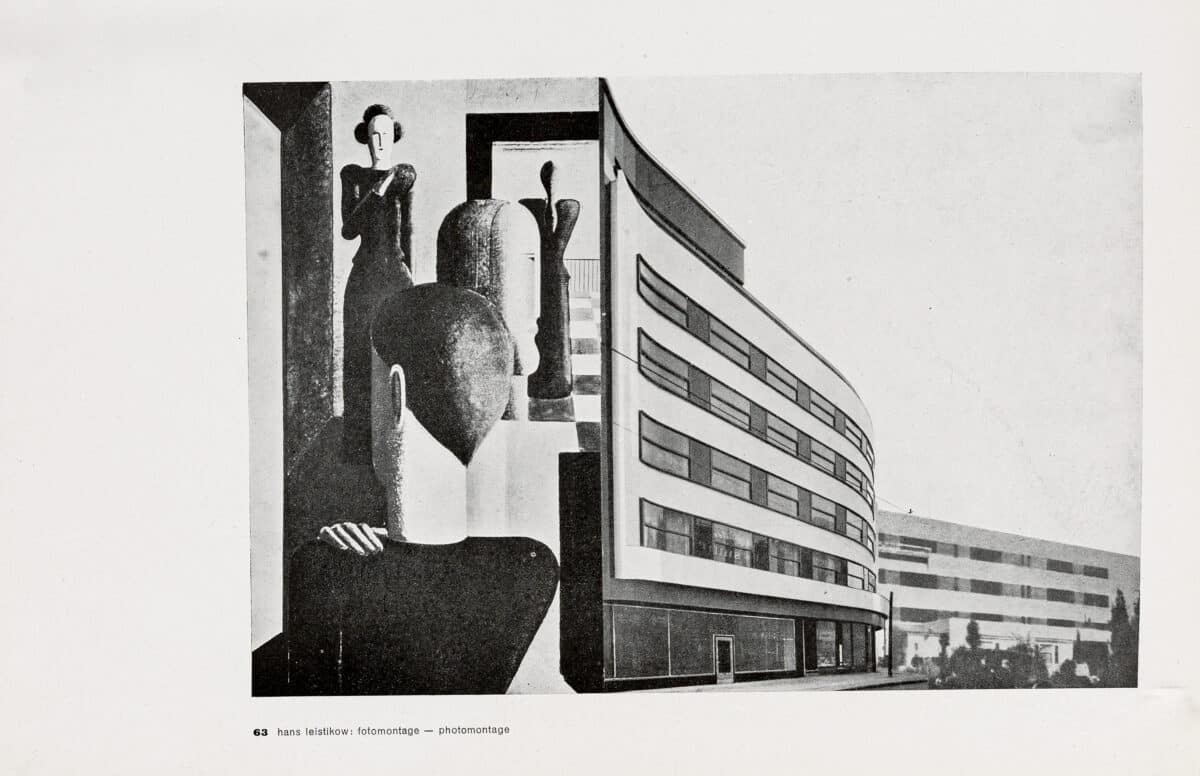
Paul Stirton’s book, Jan Tschichold and the New Typography: Graphic Design Between the World Wars, is published by Yale University Press.
by Franz Roh in Foto-Auge (1929) here.Download
Notes
- Although developed before the First World War, the Leica 1 ‘Rollfilmkamera’ only went into production later; it was launched at the Leipzig Spring Fair in 1925.
